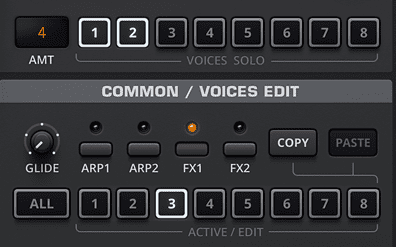Once you get your head around a couple of simple concepts, DUNE 3 is incredibly intuitive and friendly and I say that as someone who has programmed hundreds and hundreds of patches for it and used multiple instances of it in every project.
It is lightening fast to program once you grasp those simple concepts. But if someone can't grasp those simple concepts then Rapid or Avenger is going to be way over their heads.
I also own Parawave Rapid and it is no more friendly or intuitive than DUNE 3. Hive 2 is a toy compared to either DUNE 3, Avenger or Rapid and I say that as an
experienced user and owner of all three.
Oh and Parawave Rapid is always being called abandonware since it's developers lack interaction with their user base.
https://www.kvraudio.com/forum/viewtopic.php?t=588441&start=15







 . I dont see any layers and have to imagine and get my head around the not "visible" structure. I dont think one way is better then the other, just depends on the individual perception.
. I dont see any layers and have to imagine and get my head around the not "visible" structure. I dont think one way is better then the other, just depends on the individual perception.

